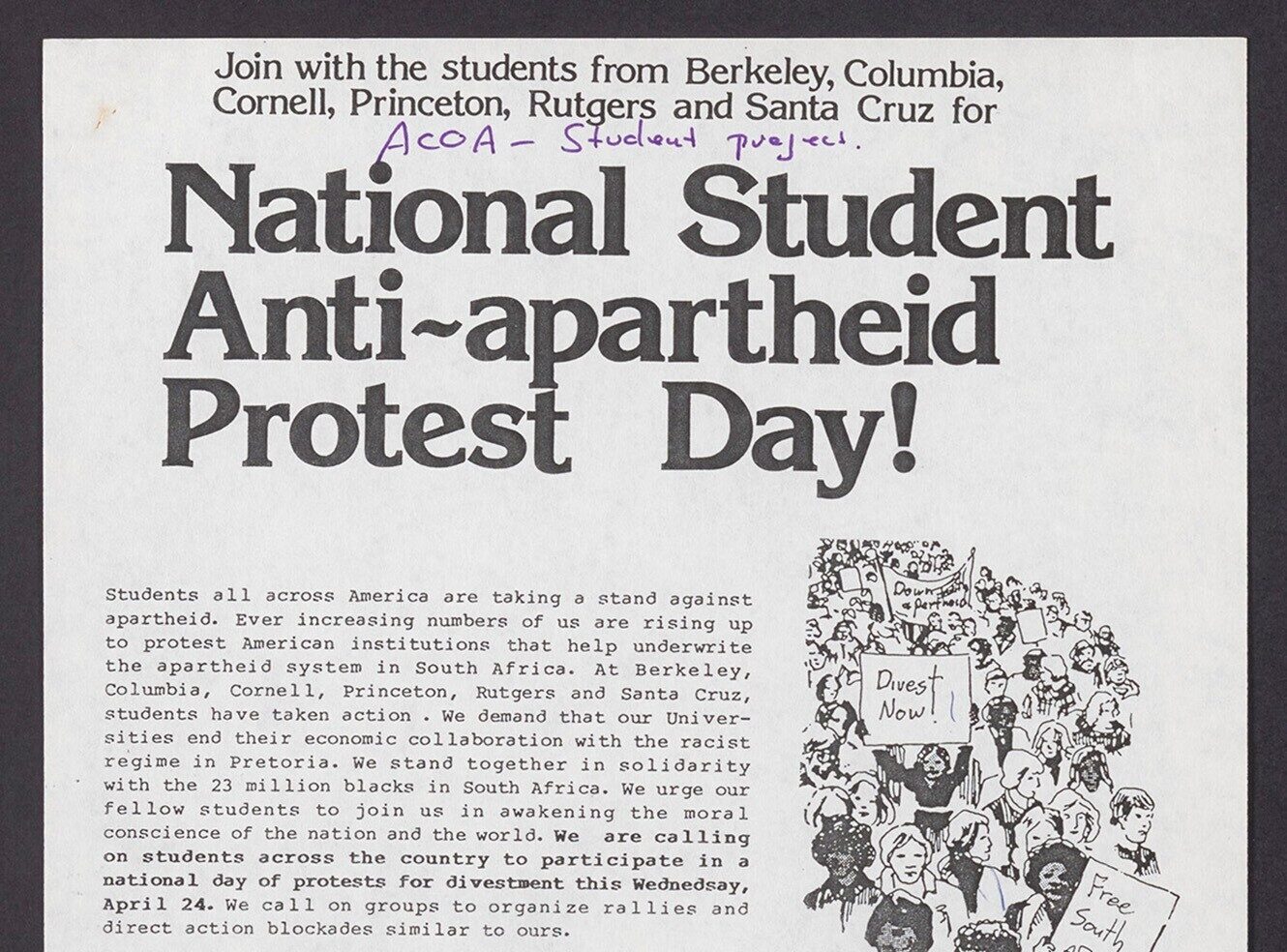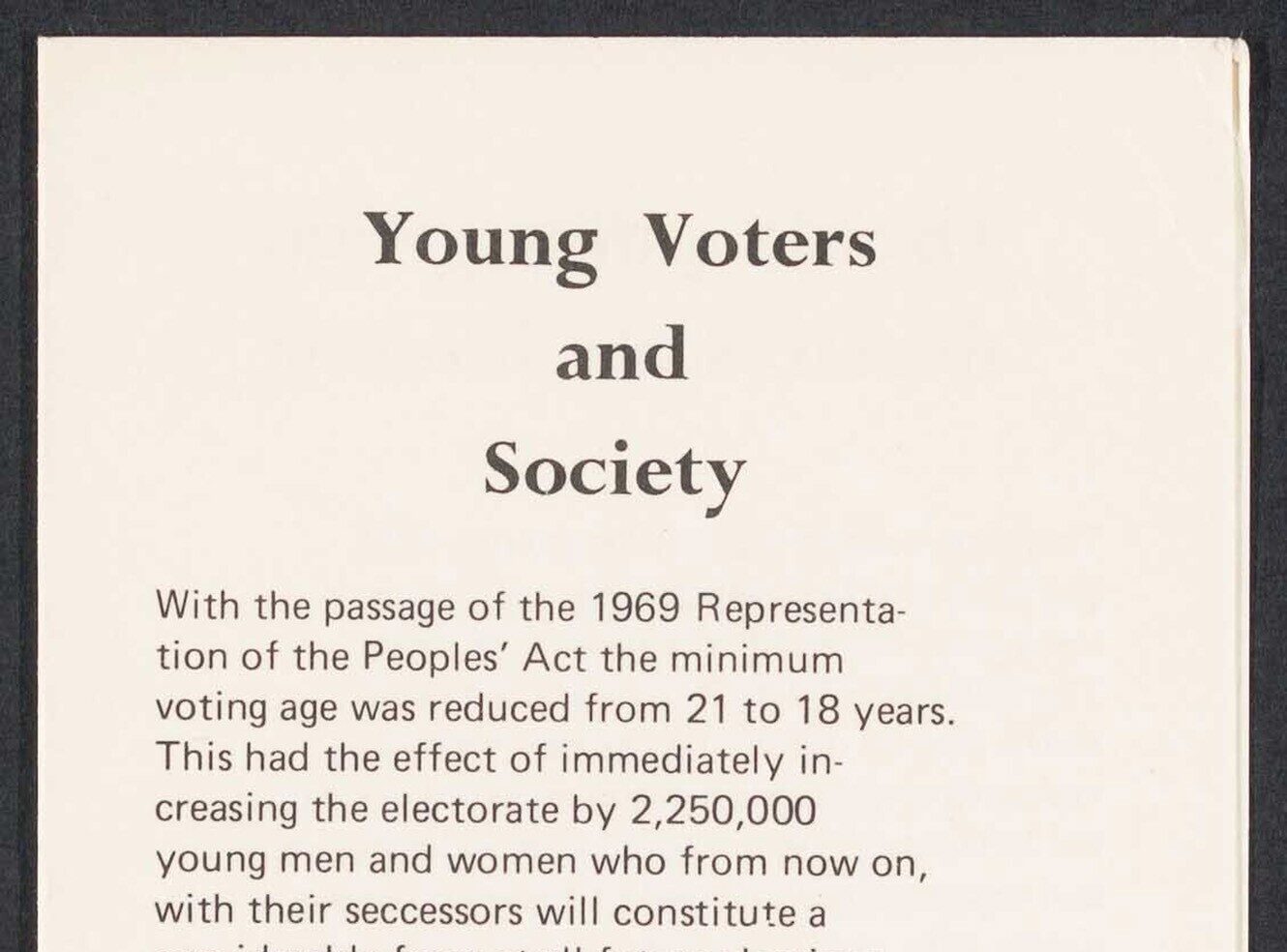War Donkeys
You may have seen the smash hit play Warhorse or even read the book or seen the film. Thankfully Joey the extraordinarily heroic horse lives happily ever after and we are treated to a glorious reunion of man and beast. Conversely, donkeys often seem to be the poor relations of the equidae family: slower, less graceful, more stubborn and with a non-waterproof skin. Let’s be honest, they generally look a lot more depressed than a horses and they are never the centrepiece of dramatic works where they achieve miraculous feats. Eeyore of Winnie the Pooh, perhaps the most famous donkey, is known for being miserable and pessimistic – no surprise perhaps when he compares himself to his tall, graceful, swift and storied cousin. It can’t be easy for a donkey to have high self-esteem. I’ve always been conscious of the donkey’s supposed inferiority and have quietly rooted for them as the underdog [can one say that?] against their arrogant cousins. There’s something about that stoic look they have that I admire and they can seem doughty and hardy beasts as opposed to these pampered prima donna horses.

Destruction on the road © The Gilder Lehrman Institute of American History. Further reproduction prohibited without permission.
Which brings me to a letter contained in Module II of American History, 1493-1945: From the Gilder Lehrman Institute of American History (publishing in June 2015). I’d like to tell you that this donkey-featuring letter, written in March 1864 during the American Civil War, from the Union soldier Addison Ewing to his wife presents us with the moment that the donkey uncharacteristically leaps from its cousin’s shadow into glory: but I can’t.
Have a think about what soldiers see when they march from place to place. Fields? Trees? Other soldiers? For Ewing: “The most common sight on the rout [march] is dead mules.” He follows up with “You folks at home have but little idea of the number of donkeys that offer their lives as sacrifice upon the altar of their country.” Poor donkeys.
He continues “The whole of the Regts baggage and rations is now transported upon the backs of these faithful animals. They too are sharing the trials and tribulations of war in the way of kicks and curses from their less faithful attendants.” No glorious sacrificial donkey charge that snatches victory from the jaws of defeat but rather beatings from their own side. What injustice! All that hard work carrying important stuff and the reward is being sworn at, a whacking and likely death.
The one consolation here is that at least Ewing acknowledges the role of the humble donkey in his war effort – they are no doubt an important cog in the war machine – and the sacrifice they’re making. If only more of us could see that selflessness in the donkey. But still they go unnoticed so I can only hope that the discovery of this letter goes some way to recognising the great qualities in the donkey and that it habilitates this animal as a truly noble beast. At this stage it’s impossible to resist a final quip – in the style of a Rudyard Kipling Just So story – which is to suggest to you that this deficit in appreciation explains how the donkey got its long face.

Module 2 Civil War, Reconstruction and the Modern Age: 1860-1945 of American History, 1493-1945: From the Gilder Lehrman Institute of American History is released in June 2015. Module 1 Settlement, Commerce, Revolution and Reform: 1493-1859 is available now.
Recent posts

The blog highlights American Committee on Africa, module II's rich documentation of anti-apartheid activism, focusing on the National Peace Accord, global solidarity, and student-led divestment campaigns. It explores the pivotal role of universities, protests, and public education in pressuring institutions to divest from apartheid, shaping global attitudes toward social justice and reform.

This blog examines how primary sources can be used to trace the impact of young voices on society, particularly during pivotal voting reforms in the UK and the US. Explore materials that reveal insights into youth activism, intergenerational gaps, and societal perceptions, highlighting their interdisciplinary value for studying youth culture, activism, and girlhood across history.
